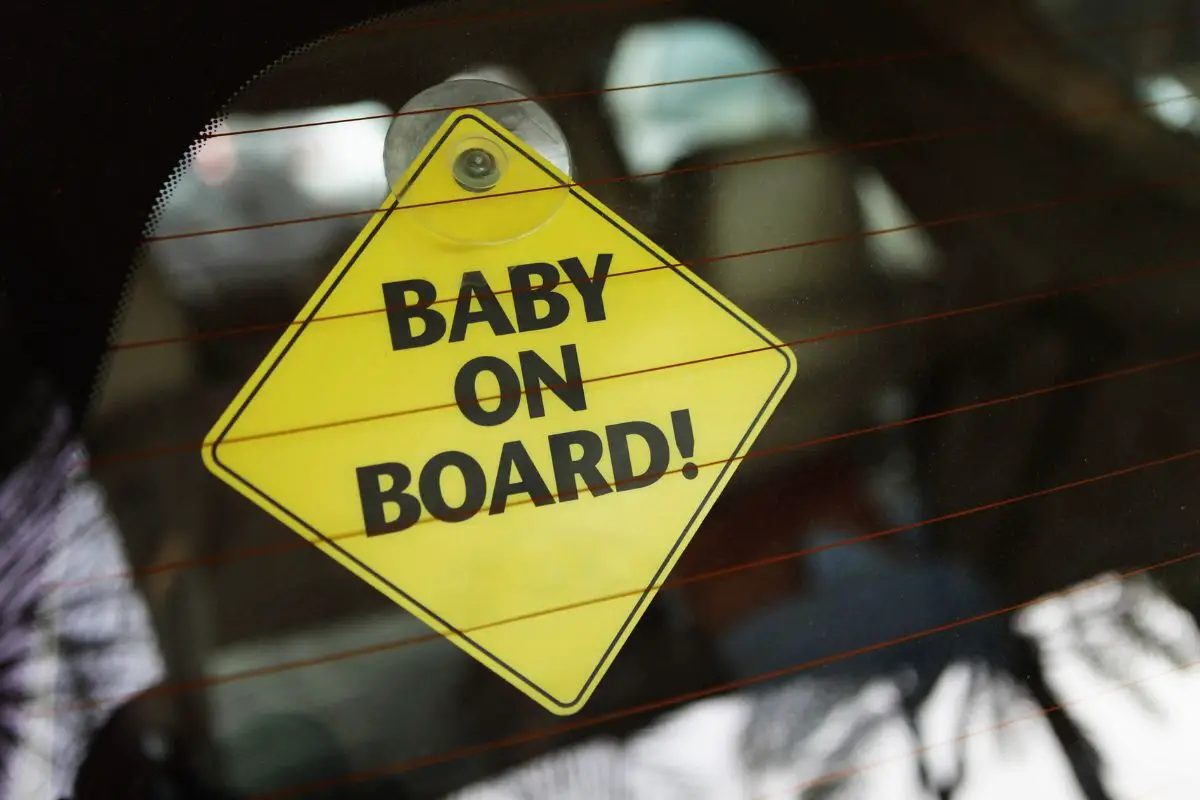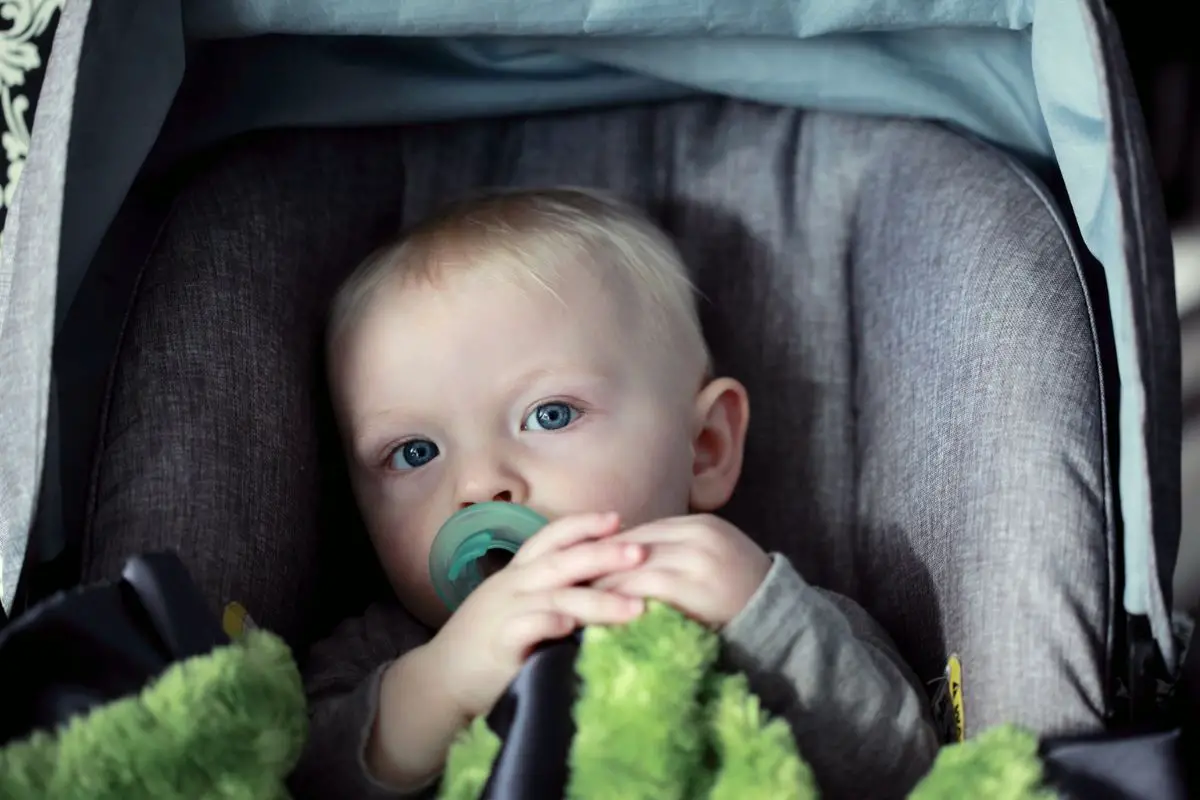Eco-Friendly Car Seats And Why They Matter
For guardians and caregivers, ensuring the utmost safety for their children during travel is paramount. However, it’s equally critical to consider the car seat’s material safety — aiming for options that safeguard against both road hazards and chemical exposures. Unfortunately, many car seats available in the U.S. market contain chemicals like PFAS (“forever chemicals”) or flame retardants, which are linked to various health concerns, particularly in developing infants and children.
Thankfully, the Ecology Center conducts regular testing on car seats for these harmful substances. It provides invaluable resources. Ensuring your child is securely fastened in a car seat is crucial. Always select the appropriate car seat and install it accurately. While abundant information on this subject, it can often be overbearing and complex. Below, we will detail the critical eco-friendly safety guidelines for selecting and effectively utilizing car seats.
Shopping for an Eco-Friendly Car Seat
- Opt for a car seat from a trusted brand to be confident in the meticulous attention to detail in its design and production.
- Verify that the car seat’s height and weight restrictions align with your child’s size or age.
- Ensure the car seat is straightforward to install, compatible with your car, and reliably secures your child during every journey.
- Review the safety ratings from the National Highway Traffic Safety Administration to assist in your decision, keeping in mind that compatibility can vary depending on the vehicle’s model and make.
These days, parents and guardians have a wider selection of safe, non-toxic car seats that meet all NHTSA safety standards than ever before.
Why Eco-Friendly Car Seats Matter
- Sustainable: Eco-friendly car seats utilize recycled and non-toxic fabrics. This promotes less resource depletion and lower pollution levels.
- Safety assurance: These seats meet all safety standards, ensuring child protection without compromising eco-friendliness.
- Waste reduction: Their longer lifespan and adaptability, plus recycling programs for old seats, minimize environmental impact by reducing landfill waste.
- Cost-effective: Despite initial costs, their durability and multi-stage use save money over time, making them a financially smart, sustainable choice.

Safest Eco friendly Car Seats At Every Age
Rear-Facing Seats
Safety experts highlight the need for toddlers to use eco-friendly rear-facing car seats. These seats are harnessed to reduce stress on the child’s neck and spine should a collision occur. Due to varying growth rates among children, some may exceed the size limitations of rear-facing car seats sooner than their peers.
Typically, children outgrow these seats between the ages of 2 and 4. Nevertheless, for the child’s well-being, continue to use a rear-facing seat until they have reached the seat’s specified maximum height and weight capacity, despite potential discomfort like cramped legs.
It is a strict rule that rear-facing car seats must be installed in the back seat of a car, explicitly avoiding the front passenger seat. For those with a single car seat, positioning it in the center of the back row is advised when the car’s design permits this arrangement.
Forward-Facing Seats
If you’ve been wondering when to switch to front facing car seat, this is now the perfect time. Once kids have outpaced the size limits of their rear-facing car seats, the subsequent move is to shift them into eco-friendly seats that face the front of the vehicle. These seats are structured to envelop the child and mitigate their movement towards the front in a collision scenario.
Certain car seats designed for rear-facing can be converted or are termed “all-in-one,” allowing for a transition to face the front once the child reaches a specific size threshold. It’s important to ensure such an adjustment from rear to front orientation is in line with the guidelines provided by the seat’s manufacturer.
Typically, these convertible seats are suitable for children up until they reach 5 years of age, with some capable of accommodating kids up to 65 pounds. Just as with the rear-facing seats, it’s critical to install the front-facing seats in the vehicle’s rear, ideally situating them in the center seat when it’s an option.
Booster Seats
After a child surpasses the size limit for their forward-facing car seat, transitioning them to a booster seat is the subsequent step. Unlike both rear and forward-facing car seats, booster seats use the automobile’s seat belts directly.
In a booster seat, the lap belt drapes comfortably over the child’s hips and brushes their upper legs, while the shoulder belt should rest against the middle of their chest. Installing booster seats in the car’s rear is essential. Children below 13 should strictly be kept from occupying the front passenger seat.
The inclination among 4 to 7-year-olds to use booster seats is witnessing a downturn. This situation stems from communal norms and pressures concerning the pace at which children grow. Despite the potential embarrassment children feel when their friends do not need a booster seat, the importance of safety, as parents deem, cannot be understated.
A child must remain in the booster seat until they are sufficiently tall such that the seat belt fits them appropriately, an achievement usually not met until they stand at least 4 feet, 9 inches tall. The key consideration here should be the proper fit of the seat belt over the child’s age.

Seat Belts
A child should only be allowed to stop using the booster seat when they have grown sufficiently to ensure the seat belt fits them correctly, spanning their hips and chest. It is important not to allow the shoulder belt to cross behind the neck or under the arms of the child.
If the seat belt does not fit properly, the child is not yet tall enough to use it as their sole form of protection in a crash. It’s also advised against utilizing after-market devices to adjust the seat belt’s fit for your child, as their effectiveness and safety are not guaranteed.
Transitioning away from a booster seat does not automatically qualify a child to sit in the front passenger seat. Children under 13 continue to sit in the back seat, ideally in the center, for their safety.
Locate the Ideal Eco-Friendly Car Fit
Choosing the right eco-friendly car seat involves more than just ensuring it’s a snug fit for your child. Experts recommend finding a seat that meshes well with your vehicle and aligns with your family’s needs. A top-rated car seat might seem like the best move. However, its effectiveness is diminished if it doesn’t meet the specific requirements of your family’s lifestyle.
How a seat’s tethers attach (side-ways or from above) can make a significant difference, especially for families managing multiple children in car seats. It’s vital to choose a style that complements your vehicle. Consider how the car seat will look and function in your car, considering the car’s model and make.
Eco-Friendly Car Seat Errors to Avoid
To ensure safety and reduce errors, it’s advisable to have a certified child passenger safety technician either install your eco-friendly car seat or inspect its installation. Matching the instructions to your specific vehicle can be challenging. Here are the most frequent installation errors observed:
- Failure to use the top tether in forward-facing seats: Securing the top of a forward-facing car seat with the tether anchor is crucial. It limits head movement in a crash, significantly lowering the risk of head and neck injuries.
- Incorrect placement of the car seat: Always position the car seat in the rear, away from airbags, with the safest spots being the back left or right seats. While some vehicles allow for middle-seat latching, avoid using two latch attachments for a single anchor unless the seat fits properly.
- Improper strap adjustment: The harness straps should cross at or slightly below the shoulders for a rear-facing child. Whereas for a forward-facing child, they should be at or slightly above. Straps should fit snugly over the shoulders without being uneven, tight, or loose.
- Car seat not secured tightly enough: Car seats should have minimal movement, no more than an inch, in any direction once attached to the base. An overly loose or tight car seat won’t adequately protect your child during an accident.
- Rushing to change the seat position: Transitioning your child to a front-facing position or booster seat should only happen when they’ve reached the size requirements specified in the manual, to maximize their safety
- Incorrect level indicator readings: Ensure the car seat’s level indicator is within the proper range for both rear- and forward-facing positions by installing it on flat ground, not on an incline.
Avoid Using a Car Seat or Base that Has Expired
Each car seat has a lifespan usually indicated by an expiration date. This date can be found on a label attached to the seat and also within the user manual. The durability of car seats ranges from 6 to 10 years.
Over time, the materials, especially the plastic components of car seats, degrade. This degradation can lead to unseen damage such as minor cracks which could compromise the seat’s integrity during an accident.
It is crucial to cease using the car seat once it expires. When considering the purchase of a second-hand car seat, being fully aware of its history is essential. It should not be used if the seat has been involved in a crash. Avoid purchasing car seats from consignment shops, garage sales, or online second-hand platforms. Instead, acquire one from a reliable source, preferably someone you know and trust.

Endnote
For environmentally minded mothers, transitioning to an eco-friendly car seat is a move closer to a lifestyle that’s kinder to our planet. It represents an investment in the well-being of both your child and the Earth. As we tackle the task of parenting with an environmental conscience, it becomes imperative to select products that facilitate a sustainable way of living. An all-in-one green car seat is more than just a safety device; it’s a declaration of dedication to protecting your child and the environment, reflecting the essence of thoughtful parenting in today’s world.





